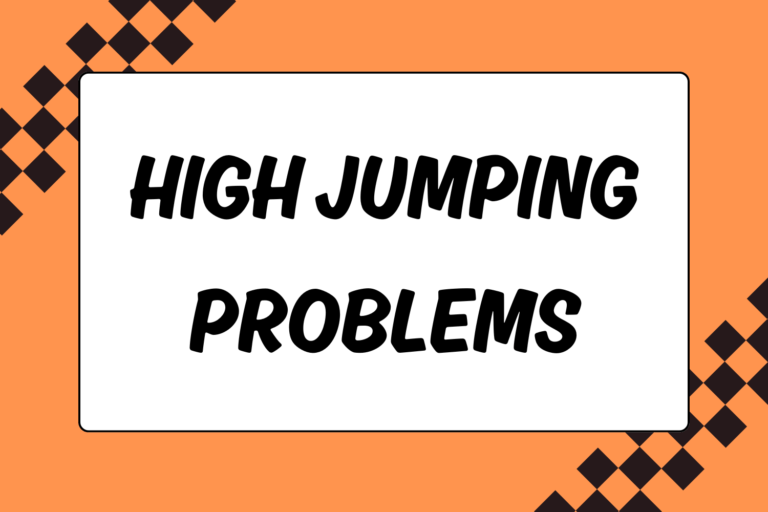The high jumper must have perfect timing, technique, speed and power to defy gravity for that brief second over the bar. One wrong move and the entire attempt can come crashing down.
For decades, new techniques helped athletes reach previously unimaginable heights in the event, starting with the “Scissors,” the Western Roll and the Eastern Cutoff. But it was the Fosbury Flop, debuted by American Dick Fosbury in the 1968 Olympics, that truly changed global high jump standards. It is the technique used to this day by the same athletes who have pushed the world records to incredible heights of 2.45 meters for the men and 2.09 meters for the women.
High Jumping Technique
There are many high jump styles allowed, but no matter what technique you use, you must take off on one foot. If you do not clear the bar it is considered a foul. The person to clear the highest height in the least amount of attempts is the winner.
The technique explanation below is for a right-footed jumper. Please do not start training for this event without the proper supervision of a coach.
The Approach
Most high jumpers use about ten steps to approach the bar. The first five steps are straight and the last five are on a curve or angle.
Start your run-up about five steps back and five strides to the right. You should mark and measure where your attempt was successful after a few run-throughs. It helps to break down the run-through into phases.
Starting off: The first few strides are the most crucial. They set the rhythm and pace for the rest of the approach. Your first step especially needs to be powerful, while the body remains upright.
Gaining momentum: Your next few strides continue in the same way, with each step faster than the previous one. Your eyes should shift looking straight ahead to the inside, towards the bar.
Making the approach: Start making a curve towards the bar. Have a predetermined spot in mind where you need to transition from the straight to the curved approach.
Starting the jump: This step should be taken with your take-off foot (landing in front of the non-takeoff foot).Lean your body away from the bar. Your steps should begin to accelerate while maintaining an arc towards the bar. The final two steps should land flat on the track.
The Takeoff
Start your takeoff at an angle. The momentum from your approach will carry you over to the center of the bar.Do not start your takeoff at the center. This will cause you to land on top of the bar.
Point the toe of your takeoff foot at the far standard (the farthest pole holding up the bar). Your free leg helps to drive the body upwards. Lean away from the bar and allow the momentum to carry you over.
Arm Action
To help carry you over the bar, it’s important to use your arms to generate an extra bit of momentum and control. There are two arm techniques used in the takeoff, the single-arm and the double-arm. It’s best to try both and see which one fits you. The two techniques are:
- Single-arm technique: Pump the outside arm to increase speed. The inside arm stays in a forward position and guides your body over the bar. This technique helps to maintain momentum and creates a higher center of mass on takeoff. But if not done properly, your arm can reach and cause you to take off vertically and toward the bar.
- Double-arm technique: This style allows more energy to transfer through the body, which in turn increases vertical lift. You use the double arm technique by pumping both arms straight up and over the bar. A problem with this technique is that it may disrupt your approach and speed.
Every little bit of momentum helps. Don’t downplay the assistance a good arm swing can provide.
In the Air
As you leave the ground, rotate your leg, shoulders and hips so your back is to the bar. Your heels should be held in. Your hips should be near the bar and your head should be neutral. Your head is the first thing to clear the bar, followed by the shoulders, then the hips. As your shoulders clear the bar, tilt your head backwards. This will help raise your hips and buttocks which increases your speed over the bar.
Your body should form an arch from head to toe After your buttocks clear the bar, tilt your head forward. This causes your hips to drop, which in turns lifts your legs and feet. Finally, straighten out your legs. Once your body is over the bar, spread out your arms and then legs to slow your momentum. Your upper back should hit the mat first upon landing.
Precision is Key
The high jump requires a strong attention to detail. There isn’t as much room to build up your momentum in this event as there is in others, which means the more precise your movements are, the better you’ll do.





